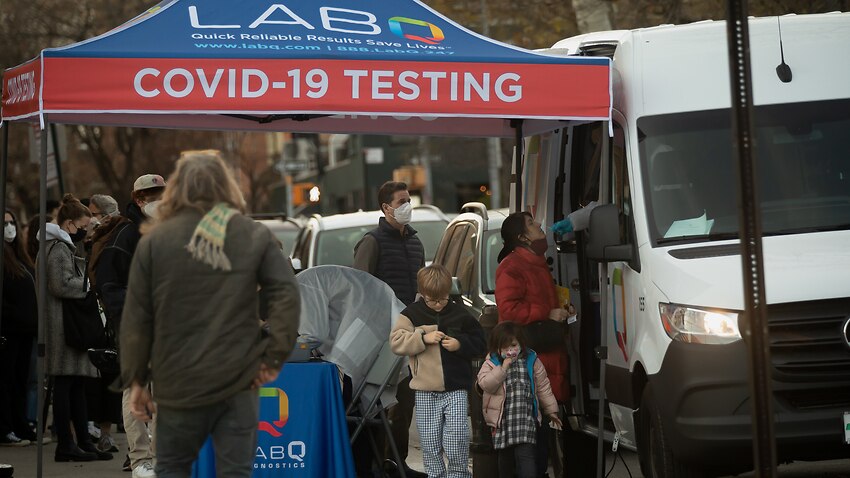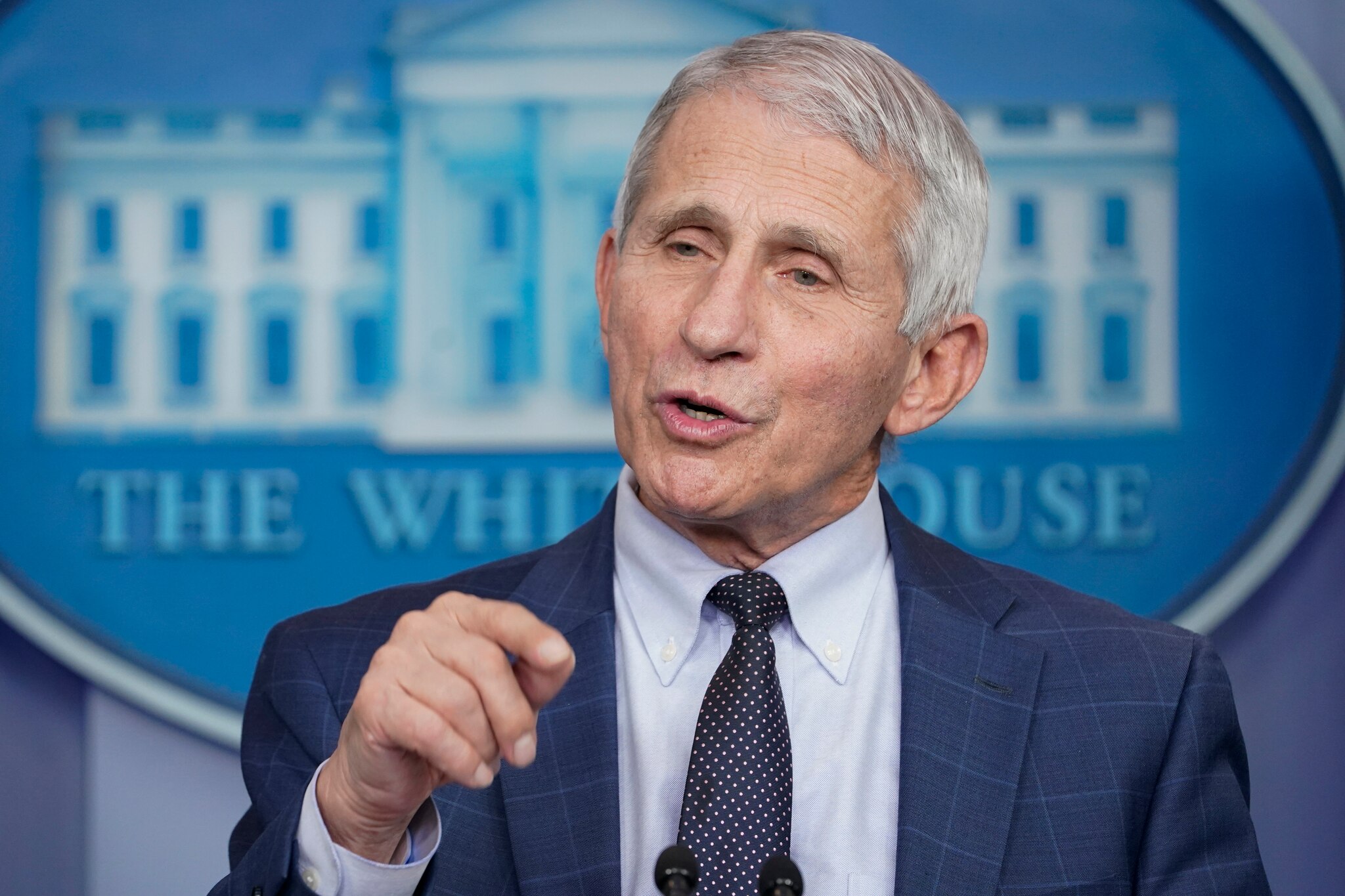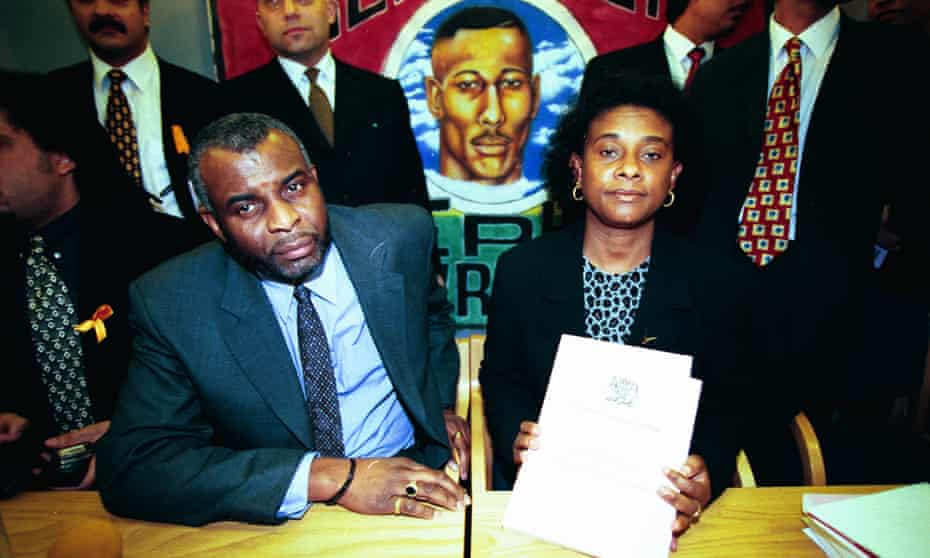JANUARY 3, 2022
One hundred staff members are calling the sick every day at Toronto’s University Health Network hospitals.
More than 150 staff at a London hospital have tested positive for the virus.
Hamilton Health Sciences’ 400 staff members are in isolation due to COVID-19 exposure.
As Omicron rips through Ontario, hospitals in the province say they are seeing a new kind of challenge: a wave of staff absenteeism forcing them to consider canceling scheduled medical treatments, or separating – Calls isolated employees back to work early.
Omicron. Hospital under pressure of staff during
This edition presents a new challenge to Ontario’s health care system
5Percent
Bluewater Health workers in Sarnia are in isolation due to COVID-19
100
Every day staff members are calling the sick to University Health Network hospitals
400
Hamilton Health Sciences staff members isolating due to COVID-19 exposure
0
Days that Ontario health workers are required to isolate without going to work after being exposed to COVID-19 if they take a daily rapid test and have no symptoms
152
The number of employees of the London Health Sciences Center who have tested positive for COVID-19 as of 31 December.
STAR GRAPHIC
University Health Network spokeswoman Gillian Howard said the case is in the Greater Toronto Area, not just UHN.
“We’re seeing a very large number of employees calling in sick — about 100 a day — with either a risk that needs to be assessed by health services or because they’re sick,” Howard told the Star. “We are currently working through the advice of the Chief Medical Officer of Health and Ontario Health on how we will manage through January.”
Howard said the measures they would take would include redeploying staff and reducing scheduled care. UHN has a staff of about 17,200.
Unlike previous COVID waves, it is Omicron’s unprecedented transmittance, rather than its severity, that is affecting the health care system. While hospitals are increasingly filling up with COVID-19 patients, the need for intensive care has been proportionately less than in earlier waves. This means that while there is not yet the same demand on staff to manage large numbers of very ill patients, the sheer number of cases and potential risks force more health care workers into isolation, where they are unable to help. Huh.
Julia Osterman, communications chief at Bluewater Health, said, “Usually we don’t have calls on the weekends, but we should have an all-hands-on-deck because we have six or seven COVID-19 cases in an emergency.” Getting into position.” Sarnia. “From yesterday we started calling employees on leave to see if they can get back to work – it is not a desirable outcome. They really need their leave and they deserve it.”
Osterman said out of a total of 1,800 staff members at Bluewater, 89 are currently in isolation. This is about four times the number of people who get sick in general.
Association President and CEO Anthony Dale wrote, “Due to widespread community transmission of the Omicron version, the Ontario Hospital Association is actively working on contingency plans with health care sector officials in an effort to continue essential hospital operations during this wave. Used to be.” , “Management in the next few months can only be achieved if we continue to function as a health system.”
Omicron’s spread among hospital staff has resulted in policy changes in the hospital network and in other jurisdictions. Granthshala reported last week that some nurses in Ontario were being called back to work during periods of isolation. The province of Quebec has said that some COVID-positive health care workers will be called back to work, a plan its health minister Christian Dubey has called “the best option for not providing care”.
Osterman said he expects there may be some division of staff between jurisdictions, noting that Bluewater took patients from GTA and Manitoba during the first waves of the pandemic and would help again if it had the potential.
In Quebec City, the main hospital network said on Sunday it would postpone half of its surgeries and appointments starting Wednesday. Quebec faced a surge in cases in hospitals, with more than 1,200 hospitalized with COVID as of Sunday, according to The Canadian Press.
In the UK, where Omicron has been circulating for a long time, the situation is similar – with the sheer volume of cases causing serious staffing issues in some areas.
“Right now, the (National Health Service) is facing a potentially urgent emergency for which it needs to be prepared. The alternative could potentially be to leave patients untreated or to create additional temporary capacity,” said Chris Hopson, chief executive officer of NHS Providers, a union representing health care workers. wrote in a Twitter thread on Saturday. “Unlike last January, there are currently very few, critically ill, older people in need of critical care … The problem is therefore the patient acuity, the intensity of care and the low need for length of stay. Normal and acute bedsores The number of patients in need is more.”
An infectious disease specialist at McGill University Health Center, Dr. Donald Vinh says all Canadian provinces may be faced with the choice of whether to allow exposed workers to return to work as the number of sick people and pools of workers rise in the coming days. available for their treatment.
“We have a certain, limited number of health care workers in every province, because there is no reservoir or pool of health care workers that we can depend on to bail us out here,” he told the Canadian Press last week. Told. ,
Hamilton Health Sciences CEO Rob McIsaac said on Friday that the hospital is taking “extraordinary measures” to address its staffing shortfall, including paying premiums to its staff who work on time and are asymptomatic after a negative rapid test. Including the recall of isolating staff. Result.
MacIsaac wrote in December 31, “We are once again facing enormous pressure on hospital stays and staff numbers.” Statement,
As of New Year’s Eve, 152 staff at the London Health Sciences Center had tested positive for COVID, according to Website,
There are additional strains on health care workers at the moment, even if they are not isolated. When a nurse or administrative assistant or paramedic or personal support worker arrives from their leave, they sometimes encounter patients who oppose their care.
“We are working with large groups of unvaccinated people, many of whom do not believe in conventional science,” Osterman said. “So the tone within hospitals, the level of discourse, has changed a lot since the first wave.”
“It’s really unfortunate because the whole team is tired and coming on their leave,” she said. “It’s so different from before.”
With files from the Canadian Press
Alex McKeon is a Vancouver-based reporter for the Star. Follow him on Twitter: @alex_mckeen
The Unites States' top infectious diseases official Dr Anthony Fauci says while the country is experiencing an almost "vertical increase" in COVID-19 cases caused by the Omicron variant, the peak may be just weeks away.

Long lines at vaccination centres and mobile COVID-19 testing sites form all over New York City, as the Omicron variant of the coronavirus surges across the US.
The United States is experiencing "almost a vertical increase" in COVID-19 cases as the Omicron variant sweeps the country, but the peak may be only weeks away, top US pandemic advisor Anthony Fauci said Sunday.
"We are definitely in the middle of a very severe surge and an uptick in cases," Dr Fauci said on ABC's This Week, calling the soaring infection rate "really unprecedented".
With the Omicron variant of the virus sweeping around the world, more than 440,000 new cases were reported in the US on Friday, almost exactly 200,000 more than during a peak last February.

Thousands send messages to late Chinese COVID-19 whistleblower doctor two years on
But Dr Fauci said the experience of South Africa - where the strain was first detected in late November and peaked quickly, then subsided almost as quickly - offered some hope.
Evidence is mounting, he added, that Omicron is milder than previous variants.
The US rates of deaths and hospitalisations have been far lower in recent weeks than during previous COVID surges.
Like other countries, it has been struggling to find a balance that will protect public health without gravely damaging the economy or slamming key services like policing and air travel.
With children set to return to school Monday following the year-end break, both Dr Fauci and the US education secretary said they thought in-person instruction can be conducted safely if proper precautions are taken.
Dr Fauci again pleaded with parents to be sure their children are vaccinated, wear masks and get tested if need be.
"I think all those things put together, it's safe enough to get those kids back to school, balanced against the deleterious effects of keeping them out," he said.

Dr Anthony Fauci, director of the National Institute of Allergy and Infectious Diseases, speaks during a daily briefing at the White House in Washington DC. Source: AP
US Education Secretary Miguel Cardona, meanwhile, said the return to the classroom would be challenging, but necessary.
"I do think there will be bumps in the road, especially tomorrow," he told 'Fox News Sunday', with large numbers of teachers and staff calling in sick.
"So we are going to roll up our sleeves, all hands on deck, let's keep our children in the classroom. That should be our default thinking."
And Eric Adams, who was sworn in as New York mayor just minutes into the new year, said there was little choice but for children to return - safely - to school.
"We've lost almost two years of education," he said on ABC. "We can't do it again... The safest place for children is inside a school."





/cdn.vox-cdn.com/uploads/chorus_image/image/70326520/1237414171.0.jpg)

 In the book, you unpack the relationship between time and money, work and consumerism, but the obvious critiques to your argument are often tied to these things: How can I focus on fun if I have to work multiple jobs just to stay afloat? If I can't afford the things I find "fun," does that mean I'm doomed to a life unlived?
In the book, you unpack the relationship between time and money, work and consumerism, but the obvious critiques to your argument are often tied to these things: How can I focus on fun if I have to work multiple jobs just to stay afloat? If I can't afford the things I find "fun," does that mean I'm doomed to a life unlived?

